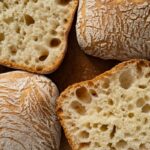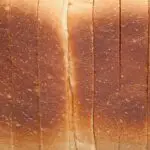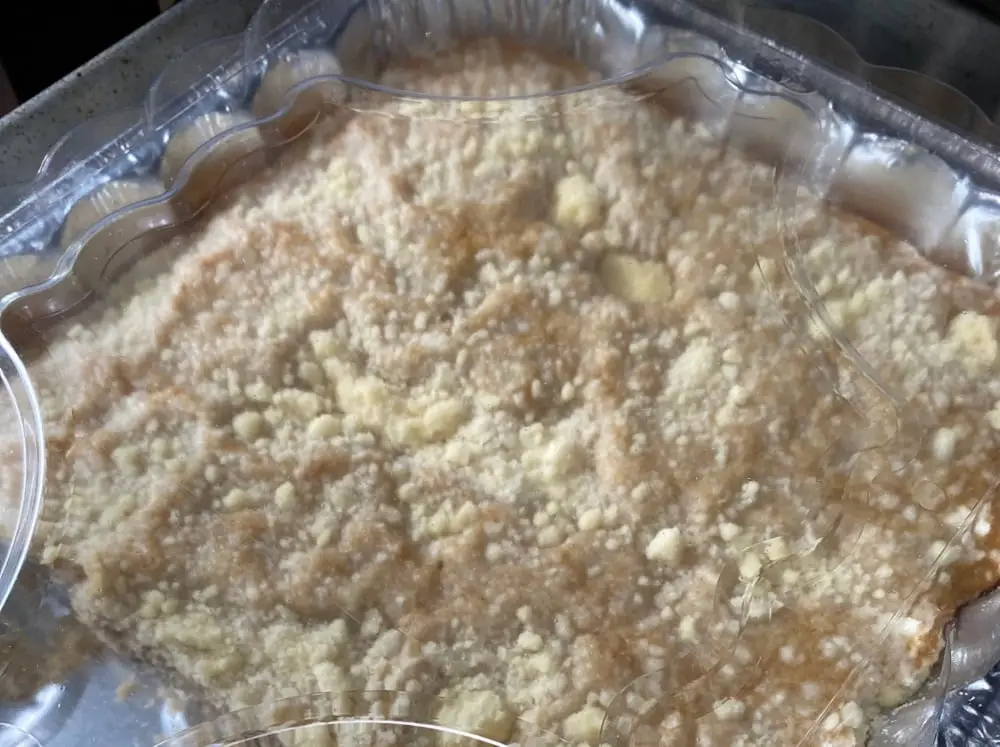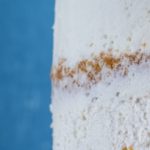Bread has been a staple food for many households across the world and throughout the course of human history.
Baking bread is now a science that many people engage in as a comforting and delicious hobby.
However, there are so many tips to make bread that sometimes it can feel overwhelming. How is it that people can bake bread with perfect holes? What about crumb structure?
If you’re wondering about these questions, then you’ve come to the right place! In this article, we’re going to take you through everything you’ll want to know about baking bread and how you can get more holes in your bread and a better crumb! So let’s get right into it!
What Makes Holes In Your Bread?
One of the most important things that contributes to the formation in holes in different types of bread (especially sourdough bread) is the use of yeast. Yeast is a type of fungus that produces carbon dioxide as it consumes sugar.
This gas is what causes bread to rise high and expand, creating small air pockets. The longer the dough rises, the more air pockets will be formed.
Another thing that contributes to the formation of holes in bread is the kind of flour used in the baking process. Bread flour, which has a high protein count, is a good choice for making bread with good holes.
The hydration level of your dough will also play a crucial roles in the formation of holes in bread.
Wet dough will create a more open nature, while dry dough will result in a denser texture. This is because wet dough will allow for more gas to be trapped and create more air pockets.
What Makes A Better Crumb In Bread?
If you want a better crumb in your bread, then you’re going to need to take some time to look at the details of your recipe. In the following sections, we’re going to take a look at how you can do t his.
1. Using Correct Flour
As we mentioned before, bread flour is vital for creating bread with good crumb. It has a much higher protein content than all-purpose flour and will help to create a more open crumb.
Low protein flour is a good way to create flat bread. If bread flour is not available, you should use a mixture of all-purpose flower and whole wheat gluten to achieve similar affects.
2. Measure Your Ingredients
Another thing you should do is to measure all of your ingredients accurately.
This is an important pillar of baking that will ensure the dough has the correct hydration level and the yeast has enough food when you get to bulk fermentation. Use a kitchen scale to measure ingredients by weight rather than volume, as this is more accurate.
3. Let The Dough Rise/Bulk Fermentation
Make sure to let your dough rise properly. The first rise is important! so make sure you allow the yeast to produce enough gas to create air pockets.
The second rise, should be shorter to prevent any over-proofing.
4. Kneading Dough
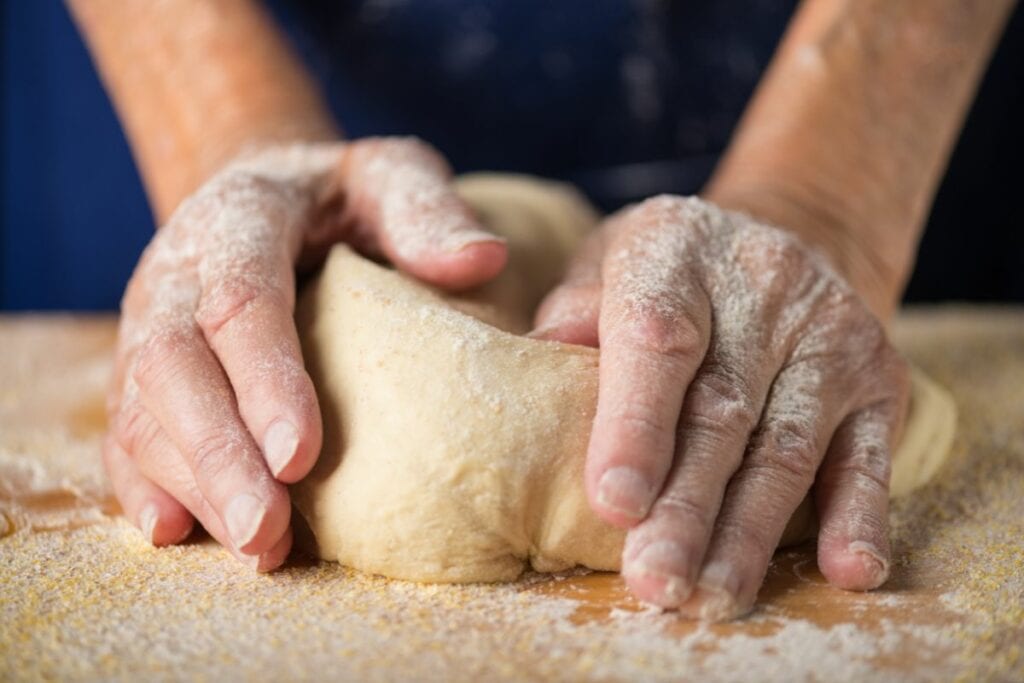
Make sure you properly knead your dough, as this will help it to develop gluten and trap gas. It will also help you to evenly distribute the yeast throughout the dough.
Make sure to knead for at least 10 minutes, using the stretch and fold technique.
5. Shape Your Dough
Shaping your dough can affect the crumb. The goal here is to create surface tension, which will help to trap gas and create distinct air pockets.
6. Score Your Dough
Scoring dough is making small indents in the dough to prevent it from bursting. We’d recommend using a sharp knife or razor to do this, making shallow cuts throughout.
Additional Baking Tips
Next up, we have some additional baking tips that will help your bread making process. Using these alongside your bread recipes can help you to make something with all the delicious features you want, creating a good crumb structure and big, uneven holes.
1. Preheat Your Oven
It’s important to do this so that you get the correct temperature before baking the bread. This will make sure that the bread bakes evenly and develops a distinct crust.
2. Add Steam
If you add steam during the first few minutes of baking, then you can create a much better crumb.
Bread bakers do this by placing a pan of boiling water at the bottom of the oven before baking. This can do wonders for the final shape and texture of your bread, and produce a great crumb.
3. Proofing
You also want to make sure your bread is fully proofed. The proofing stage involves letting the dough to rise before baking.
The yeast in the dough will consume the sugars in the flour and produce gas pockets.
Final Thoughts
Creating air pockets and a tight crumb is a great way to transform your bread into something impressive.
Creating a good gluten structure can be difficult, but you can achieve it by using higher hydration dough and creating a strong and extensible dough.
The gluten network of your bread is going to be what separates it from something more simple.
We hope that this guide has helped you to understand everything you wanted to know about this topic, and that you’re now more confident.
If you still have some questions, check out our FAQ section below. Happy baking!
Frequently Asked Questions
How Can I Create Good Gluten Development?
Gluten development is a crucial part of baking, which gives bread its structure and texture.
You can cultivate a strong gluten network by kneading dough, using the stretch and fold technique, and ensuring you use high hydration dough throughout the process.
This can create large holes and an overall better end result.
Can I Use Whole Wheat Flour In Bread?
Whole wheat flour is a good choice for dough that you can use to create nutritious bread. It’s often the main alternative to white flour.

